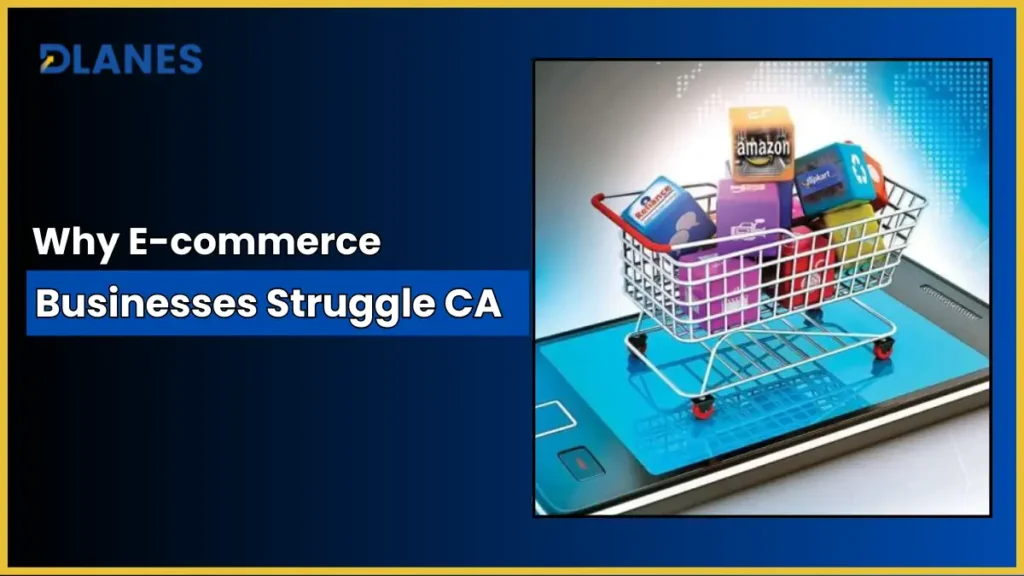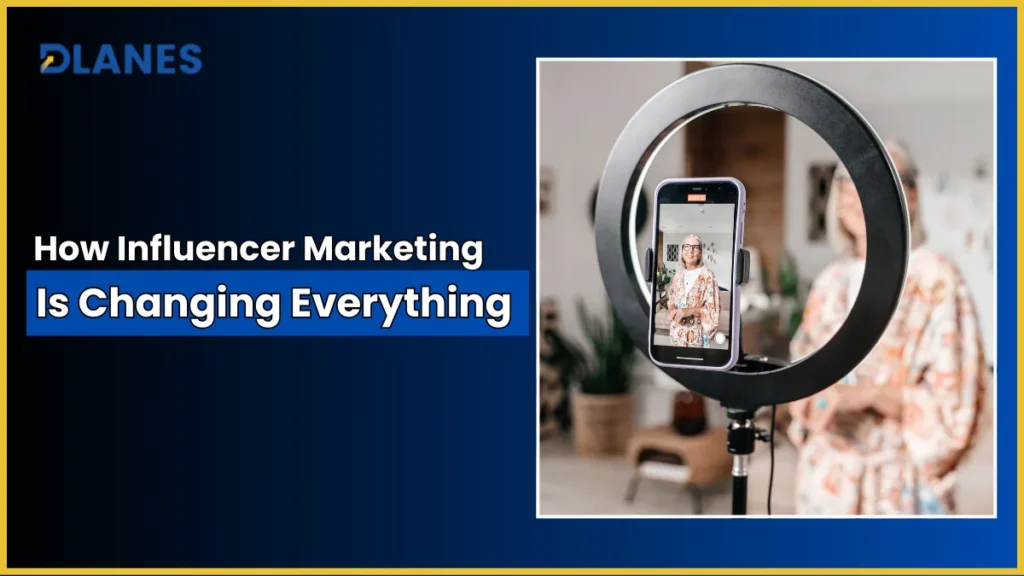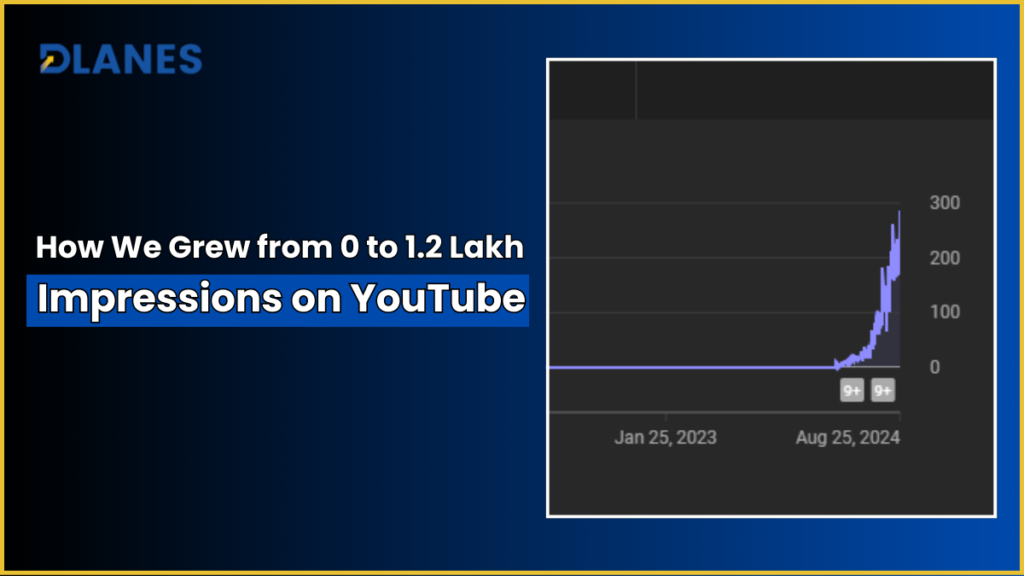Why WhatsApp Can Outperform Product Pages in E-commerce

By Team Dlanes
Table of Contents
In the crowded world of e-commerce, businesses are constantly searching for the most effective ways to capture customer attention and drive sales. If you’re selling low-cost products, you might find that WhatsApp can sometimes outperform traditional product pages or landing pages. Why? Let’s dive into the reasons behind WhatsApp’s effectiveness in e-commerce and how your business can leverage this platform to increase sales.
1. Instant Communication and Personalization
Think about it when you land on a product page, you’re usually scrolling through a list of items, reading descriptions, and checking out images. It’s a pretty standard experience, right? But it lacks a personal touch.
With WhatsApp, businesses can engage directly with customers in a way that’s instant and personal. This direct line of communication allows for quick answers to questions and tailored responses. When customers feel valued and heard, the likelihood of them making a purchase skyrockets. This kind of personalized communication helps build trust especially crucial when you’re selling low-cost products where every customer counts.
2. Lower Abandonment Rates
We all know the frustration of adding items to a cart, only to abandon it later. It happens a lot in e-commerce—customers get distracted, find the checkout process too complicated, or just lose interest. WhatsApp helps reduce these abandonment rates by simplifying the buying process.
Imagine this: a customer sees a product in a Meta ad and clicks a “Send WhatsApp Message” button. Instantly, they’re in a conversation with your business. You can guide them through the purchase process right then and there, reducing the chances they’ll drop off. It’s like having a personal shopping assistant always ready to help, which naturally leads to more completed sales.
3. Higher Engagement Rates
Did you know WhatsApp messages have an open rate of about 98%? That’s way higher than email or website notifications! Customers are more likely to read a WhatsApp message than to browse through a product page, making it a fantastic tool for boosting sales.
And with WhatsApp, you’re not limited to just text. You can send images, videos, and even voice messages to create a richer, more engaging experience. This multimedia approach helps convey the value of your products in a way that’s far more dynamic and interesting than the usual text-heavy product descriptions.
4. A Seamless Shopping Experience
Who doesn’t love a seamless shopping experience? Traditional product pages often require navigating through multiple steps to make a purchase, which can be a hassle. WhatsApp, on the other hand, offers a simple, user-friendly platform where customers can express their interest or ask questions directly.
By integrating a “Send WhatsApp Message” button in your Meta ads, you’re streamlining the buying process. Customers don’t have to jump through hoops they can chat directly with your business, making the shopping experience smooth and hassle-free.
5. Building Customer Relationships
Building strong customer relationships is key, especially when you’re selling low-cost products. Customers looking for affordable items might not spend a lot of time researching, but they do appreciate reliability and easy communication.
WhatsApp makes it easy to maintain ongoing relationships with your customers. You can keep them engaged with timely responses, exclusive offers, and updates about new products. This helps foster loyalty and encourages repeat purchases, turning one-time buyers into regular customers.
6. Cost-Effective for Businesses
For businesses dealing with low-cost products, staying within budget is always a concern. Traditional e-commerce tactics—like maintaining product pages, running ads, or creating landing pages can add up quickly.
WhatsApp offers a more budget-friendly alternative. With Meta ads featuring a “Send WhatsApp Message” CTA, you can reduce your advertising costs while still achieving great results. Plus, maintaining a presence on WhatsApp requires less technical expertise and infrastructure compared to a full-blown e-commerce website, making it an excellent choice for small businesses and startups.
7. Leveraging WhatsApp Business Features
WhatsApp isn’t just about chatting it comes packed with business-specific features that make selling easier. For example, the WhatsApp Business API allows for automated responses, quick replies, and catalog integration, providing instant support and information to your customers.
The catalog feature, in particular, is a game-changer. It allows customers to browse your products right within the app, inquire about specific items, and even place orders all without ever leaving WhatsApp. This integrated shopping experience minimizes friction and makes it easier for customers to buy.
8. Driving Conversions with WhatsApp in Meta Ads
Meta ads are a powerful way to reach your target audience. By adding a “Send WhatsApp Message” button to these ads, you’re driving potential customers straight to a chat with your business.
This approach not only brings in more qualified leads but also shortens the sales funnel. Customers can have their questions answered, concerns addressed, and make a purchase all in one seamless interaction. This direct engagement boosts conversions far better than traditional methods, where customers might lose interest while navigating through multiple pages.
9. Enhancing Customer Trust and Satisfaction
Building trust is crucial in e-commerce, especially if you’re a smaller brand. WhatsApp offers a personal touch that helps build that trust. By providing direct, transparent communication, you can address customer concerns, provide detailed product information, and offer stellar after-sales support.
This level of service not only builds trust but also boosts customer satisfaction, leading to positive reviews and word-of-mouth marketing—both of which are vital for growing any e-commerce business.
So Product Pages Don’t Work?
Product pages aren’t always the best option, particularly if you’re selling low-cost items that don’t need detailed explanations. Here’s a quick breakdown:
- When Product Pages Work Best: If you’re selling complex or high-value products, like electronics or luxury items, a detailed product page or landing page is necessary. Customers want to see all the specs, reviews, and product demos before making a decision.
- When to Use WhatsApp: For low-cost, simple products that don’t require a lot of explanation, WhatsApp can be far more effective. It offers a direct, quick communication channel where customers can get their questions answered immediately and make fast purchase decisions without getting bogged down by too much information.
Always Do A/B Testing
Regardless of your approach, always A/B test both strategies. Not all customers prefer the same shopping experience, and different products might require different approaches.
- A/B Testing involves creating two versions of a webpage or ad one with a product page link and another with a “Send WhatsApp Message” CTA and running them simultaneously to see which performs better. This will help you make data-driven decisions and refine your strategy based on what works best for your audience.
Conclusion
While traditional product pages and landing pages have their place in e-commerce, WhatsApp offers a unique and powerful alternative, especially for businesses selling low-cost products. Its ability to facilitate direct communication, lower abandonment rates, increase engagement, and build strong customer relationships makes it an invaluable tool for driving sales.
By making WhatsApp a central part of your marketing strategy, particularly through Meta ads, you can tap into these benefits and see real results. If you’re in the e-commerce game and dealing with low-cost products, it’s time to rethink your strategy and consider WhatsApp as your go-to communication channel. It could just be the game-changer you’re looking for!


